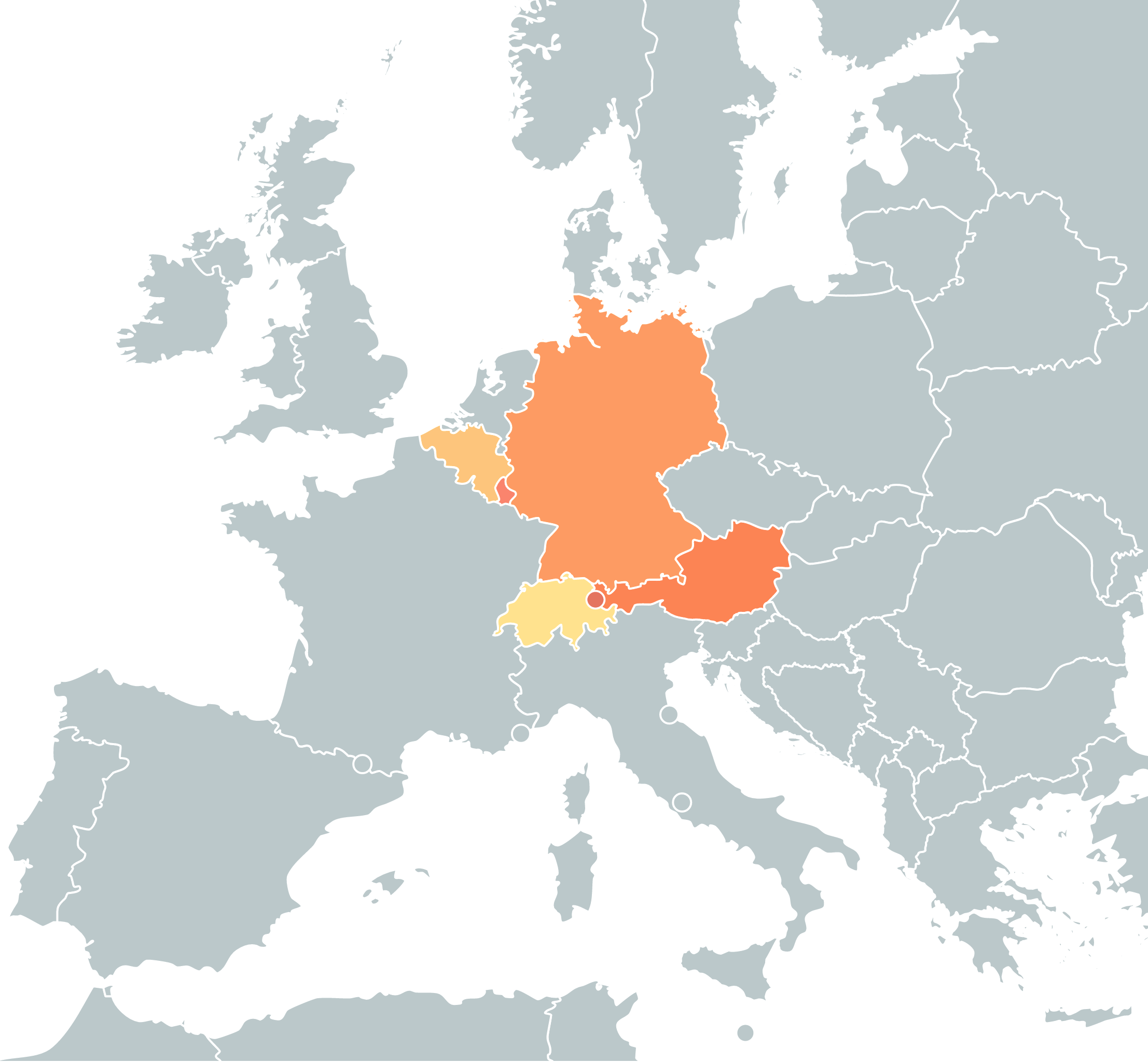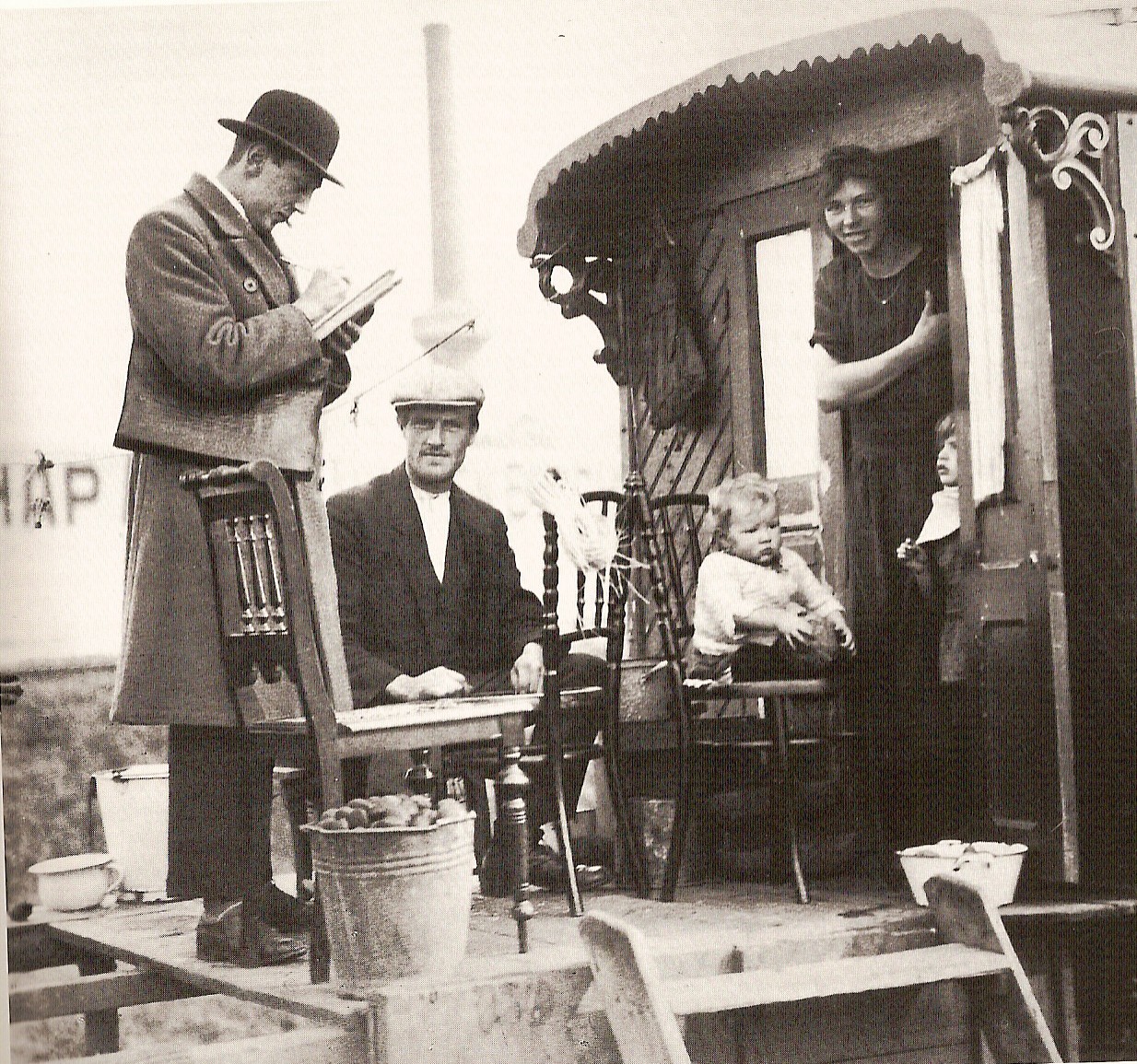|
Corippo01
Corippo is a former municipality in the district of Locarno in the canton of Ticino in Switzerland. With a population of just 12 inhabitants in July 2018, and dropping to 9 by December 2019 it was the smallest municipality in Switzerland. Despite this, it possessed the trappings of communities many times its size: an official website (), its own coat of arms, a village church, a restaurant, and a mayor who led a town council consisting of three local citizens. The village had maintained its status as an independent entity since its incorporation in 1822. However, on 17 October 2020 the former municipalities of Vogorno, Sonogno, Corippo, Brione (Verzasca) and Frasco merged to form the new municipality of Verzasca with a combined population of then 640. Description Corippo is a mountain village in the Verzasca valley some from Locarno, at the north end of the artificial Lake Vogorno and from the border with Italy. The houses are built from the local Ticino granite with slate ... [...More Info...] [...Related Items...] OR: [Wikipedia] [Google] [Baidu] |
Locarno (district)
The Locarno District (also called Locarnese) is a district of Canton Ticino, Switzerland. It has a population of (as of ). Geography The Locarno District has an area, , of . Of this area, or 6.4% is used for agricultural purposes, while or 58.1% is forested. Of the rest of the land, or 4.9% is settled (buildings or roads), or 2.3% is either rivers or lakes and or 24.3% is unproductive land. Of the built up area, housing and buildings made up 2.8% and transportation infrastructure made up 1.2%. Out of the forested land, 47.1% of the total land area is heavily forested and 3.6% is covered with orchards or small clusters of trees. Of the agricultural land, 3.0% is used for growing crops and 2.8% is used for alpine pastures. Of the water in the district, 0.5% is in lakes and 1.9% is in rivers and streams. Of the unproductive areas, 14.7% is unproductive vegetation and 9.6% is too rocky for vegetation. Demographics The Locarno District has a population () of . Of the S ... [...More Info...] [...Related Items...] OR: [Wikipedia] [Google] [Baidu] |
Verzasca, Switzerland
Verzasca is a municipality in the district of Locarno in the canton of Ticino in Switzerland. On 17 October 2020 the former municipalities of Vogorno, Sonogno, Corippo, Brione (Verzasca) and Frasco merged to form the new municipality of Verzasca. History Following a vote organized on 10 June 2018 in seven municipalities of the Valle Verzasca, the municipality was to be officially created on 5 April 2020 by the merger of seven municipalities of the Valle Verzasca, namely Brione, Corippo, Frasco, Lavertezzo Valle (locality of Lavertezzo), Sonogno, Vogorno and Gerra Valle (locality of Cugnasco-Gerra). The creation of the municipality was delayed until 17 October 2020. Corippo Corippo is first mentioned in 1224 as ''Culipo''. In 1374 it was mentioned as ''Quorippo''. Brione During the Middle Ages it was part of a ''squadra'' in the community of Verzasca. Later, it formed a '' Vicinanza'' together with Gerra. In 1852 they both became independent municipalities. As ... [...More Info...] [...Related Items...] OR: [Wikipedia] [Google] [Baidu] |
Population Growth
Population growth is the increase in the number of people in a population or dispersed group. Actual global human population growth amounts to around 83 million annually, or 1.1% per year. The global population has grown from 1 billion in 1800 to 7.9 billion in 2020. The UN projected population to keep growing, and estimates have put the total population at 8.6 billion by mid-2030, 9.8 billion by mid-2050 and 11.2 billion by 2100. However, some academics outside the UN have increasingly developed human population models that account for additional downward pressures on population growth; in such a scenario population would peak before 2100. World human population has been growing since the end of the Black Death, around the year 1350. A mix of technological advancement that improved agricultural productivity and sanitation and medical advancement that reduced mortality increased population growth. In some geographies, this has slowed through the process called the demographic ... [...More Info...] [...Related Items...] OR: [Wikipedia] [Google] [Baidu] |
German Language
German ( ) is a West Germanic language mainly spoken in Central Europe. It is the most widely spoken and official or co-official language in Germany, Austria, Switzerland, Liechtenstein, and the Italian province of South Tyrol. It is also a co-official language of Luxembourg and Belgium, as well as a national language in Namibia. Outside Germany, it is also spoken by German communities in France ( Bas-Rhin), Czech Republic (North Bohemia), Poland ( Upper Silesia), Slovakia (Bratislava Region), and Hungary ( Sopron). German is most similar to other languages within the West Germanic language branch, including Afrikaans, Dutch, English, the Frisian languages, Low German, Luxembourgish, Scots, and Yiddish. It also contains close similarities in vocabulary to some languages in the North Germanic group, such as Danish, Norwegian, and Swedish. German is the second most widely spoken Germanic language after English, which is also a West Germanic language. German ... [...More Info...] [...Related Items...] OR: [Wikipedia] [Google] [Baidu] |
Italian Language
Italian (''italiano'' or ) is a Romance language of the Indo-European language family that evolved from the Vulgar Latin of the Roman Empire. Together with Sardinian, Italian is the least divergent language from Latin. Spoken by about 85 million people (2022), Italian is an official language in Italy, Switzerland ( Ticino and the Grisons), San Marino, and Vatican City. It has an official minority status in western Istria (Croatia and Slovenia). Italian is also spoken by large immigrant and expatriate communities in the Americas and Australia.Ethnologue report for language code:ita (Italy) – Gordon, Raymond G., Jr. (ed.), 2005. Ethnologue: Languages of the World, Fifteenth edition. Dallas, Tex.: SIL International. Online version ... [...More Info...] [...Related Items...] OR: [Wikipedia] [Google] [Baidu] |
Blazon
In heraldry and heraldic vexillology, a blazon is a formal description of a coat of arms, flag or similar emblem, from which the reader can reconstruct the appropriate image. The verb ''to blazon'' means to create such a description. The visual depiction of a coat of arms or flag has traditionally had considerable latitude in design, but a verbal blazon specifies the essentially distinctive elements. A coat of arms or flag is therefore primarily defined not by a picture but rather by the wording of its blazon (though in modern usage flags are often additionally and more precisely defined using geometrical specifications). ''Blazon'' is also the specialized language in which a blazon is written, and, as a verb, the act of writing such a description. ''Blazonry'' is the art, craft or practice of creating a blazon. The language employed in ''blazonry'' has its own vocabulary, grammar and syntax, which becomes essential for comprehension when blazoning a complex coat of arms. Other ... [...More Info...] [...Related Items...] OR: [Wikipedia] [Google] [Baidu] |
Census
A census is the procedure of systematically acquiring, recording and calculating information about the members of a given population. This term is used mostly in connection with national population and housing censuses; other common censuses include censuses of agriculture, traditional culture, business, supplies, and traffic censuses. The United Nations (UN) defines the essential features of population and housing censuses as "individual enumeration, universality within a defined territory, simultaneity and defined periodicity", and recommends that population censuses be taken at least every ten years. UN recommendations also cover census topics to be collected, official definitions, classifications and other useful information to co-ordinate international practices. The UN's Food and Agriculture Organization (FAO), in turn, defines the census of agriculture as "a statistical operation for collecting, processing and disseminating data on the structure of agriculture, coverin ... [...More Info...] [...Related Items...] OR: [Wikipedia] [Google] [Baidu] |
Commune (subnational Entity)
A municipality is usually a single administrative division having corporate status and powers of self-government or jurisdiction as granted by national and regional laws to which it is subordinate. The term ''municipality'' may also mean the governing body of a given municipality. A municipality is a general-purpose administrative subdivision, as opposed to a special-purpose district. The term is derived from French and Latin . The English word ''municipality'' derives from the Latin social contract (derived from a word meaning "duty holders"), referring to the Latin communities that supplied Rome with troops in exchange for their own incorporation into the Roman state (granting Roman citizenship to the inhabitants) while permitting the communities to retain their own local governments (a limited autonomy). A municipality can be any political jurisdiction, from a sovereign state such as the Principality of Monaco, to a small village such as West Hampton Dunes, New York. ... [...More Info...] [...Related Items...] OR: [Wikipedia] [Google] [Baidu] |
Parish
A parish is a territorial entity in many Christian denominations, constituting a division within a diocese. A parish is under the pastoral care and clerical jurisdiction of a priest, often termed a parish priest, who might be assisted by one or more curates, and who operates from a parish church. Historically, a parish often covered the same geographical area as a manor. Its association with the parish church remains paramount. By extension the term ''parish'' refers not only to the territorial entity but to the people of its community or congregation as well as to church property within it. In England this church property was technically in ownership of the parish priest '' ex-officio'', vested in him on his institution to that parish. Etymology and use First attested in English in the late, 13th century, the word ''parish'' comes from the Old French ''paroisse'', in turn from la, paroecia, the latinisation of the grc, παροικία, paroikia, "sojourning in a fore ... [...More Info...] [...Related Items...] OR: [Wikipedia] [Google] [Baidu] |




